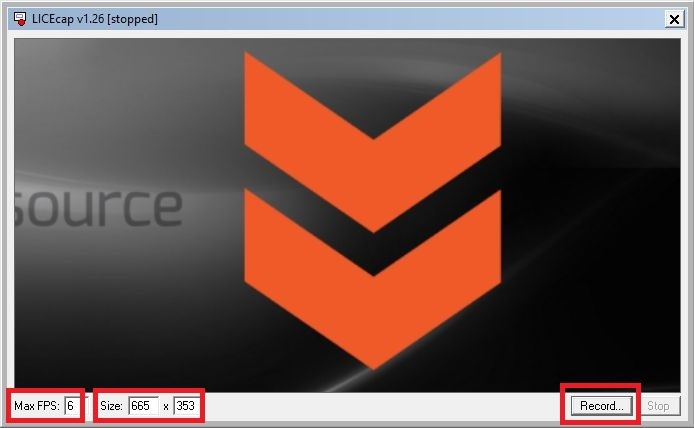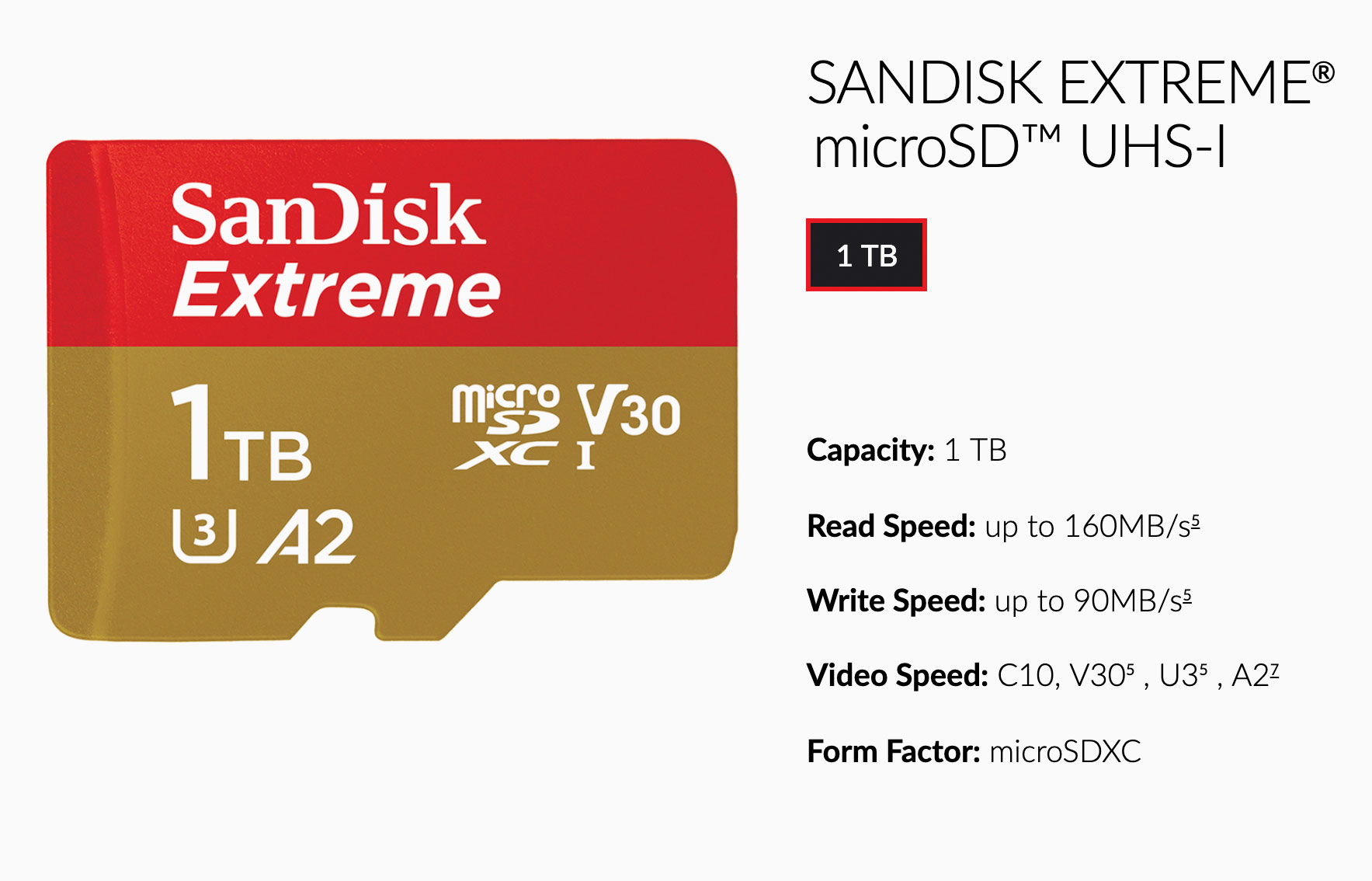

This is very useful for taking screenshots, and for seeing how responsive an app is to different device sizes and resolutions. It can masquerade as an iPhone, Kindle, Blackberry, Nexus, and more. With Chrome’s mobile emulation, you can make your desktop browser pretend that it’s something else. What a great way to test an app, get screenshots, figure out the “how to” instructions you need to write, and just see how the user experience feels. I haven’t yet used a device from one of these labs, but the idea is awesome. Smart, enthusiastic people have set up hubs of Internet-connected devices at various locations around the world, and made them available to us all to use. Some people may even want to donate new devices to the cause. The idea is that people may have last year’s mobile phone lying around, that they’d be willing to allow other people to use for testing.

But here’s an exciting initiative that I heard about recently: Open Device Labs. Especially for those of us dealing with mobile apps, there are just way too many devices out there for it to be feasible to have an example of each one. It can be very difficult to try out an application on every supported device or platform. Open Device Labs – Access to real devices and platforms for test-driving an app

Paste in your code, and select the coding language, to get the appropriate highlighting.
Licecap mobile code#
converts a code snippet into styled HTML, which you can copy and paste into your page. Code is much easier to understand if the text is highlighted to indicate method names, variable declarations, and other syntactical essentials. I frequently need to add a code sample to an HTML page, or include a slice of code in a presentation. Now that’s out of the way, let’s look at some super-useful and less-talked-about tools for API tech writers in particular.
Licecap mobile android#
I like to dabble in Android Studio and IntelliJ IDEA, just to see what’s happening. For example, if trapped on a Linux VM where I don’t have my own editor, I may find myself in Pico editor. I do dip in and out of other editors when I need to. I use it primarily for HTML, CSS and JavaScript. Hehe, I can’t resist mentioning my favourite editor, Komodo. So, aren’t you going to talk about editors at all? 😉


 0 kommentar(er)
0 kommentar(er)
